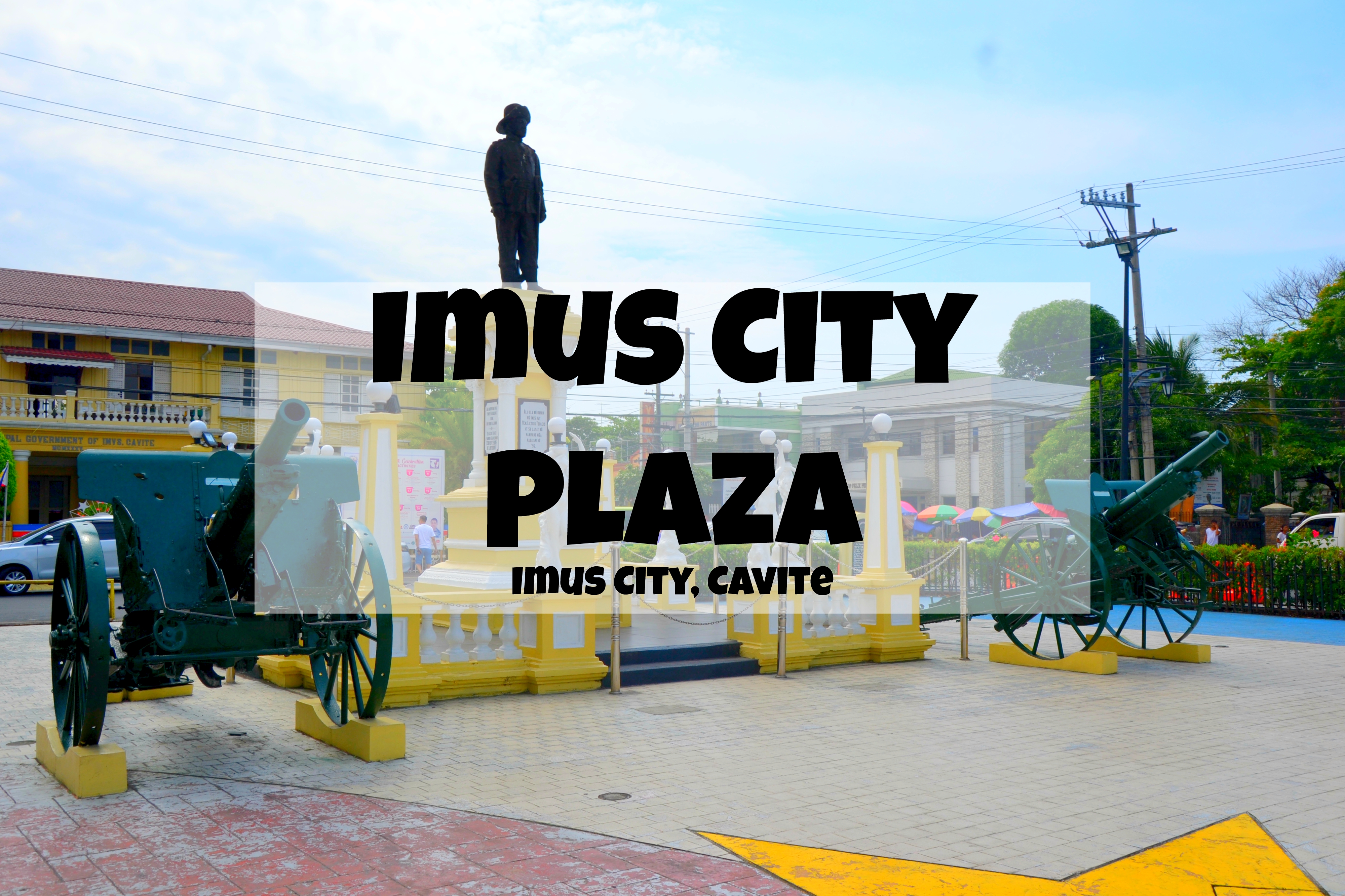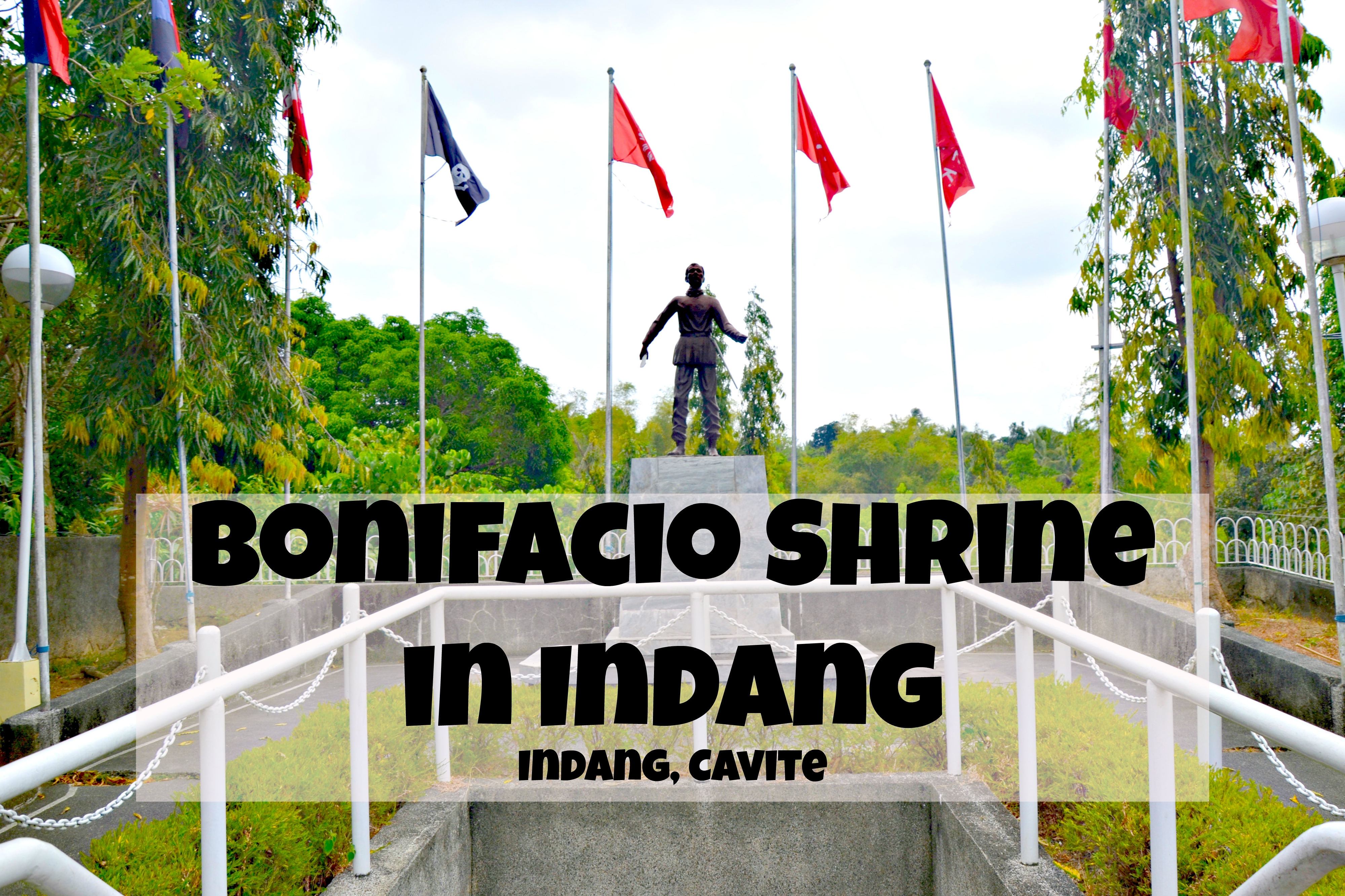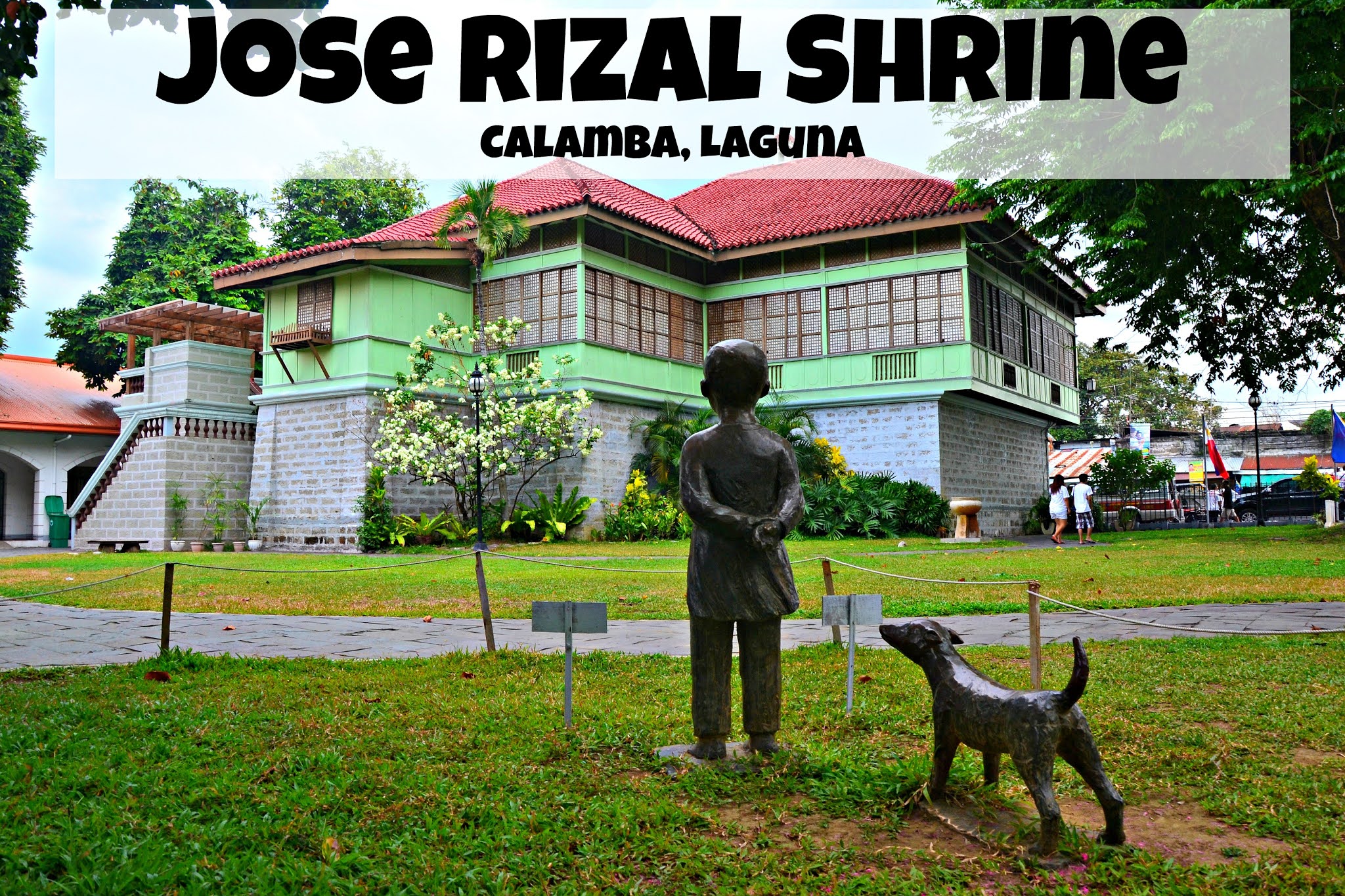Yuni Shrine - Hokkaido
Yuni Shrine (由仁神社) is the main shrine of the town of Yuni. It is located at 330 Honmachi in the town of Yuni in Hokkaido Prefecture, Japan.
 |
| Yuni Shrine |
Yuni Shrine Details
Established in February 1889, this small shrine has flourished under the stewardship of its dedicated chief priests, witnessing significant developments and expansions over the years. Join us as we delve into the rich history and meaningful heritage of Yuni Shrine.
 |
| Yuni Shrine - Yuni town, Hokkaido Prefecture |
The establishment of Yuni Shrine can be credited to Uhachi Sato, a native of Yamagata Prefecture. He became the first chief priest and invested efforts into nurturing the shrine, elevating its status from a mukaku-sha to a village-sha and eventually a go-sha. The shrine's foundation received official recognition on December 1, 1902, when it merged with another Hachiman Shrine in Fushimi.
 |
| 由仁神社 |
 |
| Yuni Shrine's main torii gate |
 |
| Steps going up to the main hall |
 |
| A few more steps... |
In the pursuit of progress and to accommodate the growing number of devotees, Yuni Shrine underwent significant changes. Aside from that, on July 21, 1919, Yuni Shrine was relocated to its current location, further solidifying its place within the local community.
Yuni Shrine's Main Hall
In 1929, Tomohisa Sato assumed the role of the second chief priest of Yuni Shrine. He dedicated himself to enhancing the shrine grounds by planting trees and implementing various improvements. Additionally, he undertook the renovation of the shrine building and office, leaving behind a remarkable legacy of aesthetic and functional enhancements.
Monuments inside Yuni Shrine
Following the passing of the second chief priest in 1964, Yubari Shrine's chief priest, Naotaka Honma, served concurrently as the chief priest of Yuni Shrine. Hirotsune Tezuka later assumed the position of the fourth chief priest, contributing to the shrine's thriving existence. The construction of a new shrine building in 1978 and the addition of a new shrine office in 1962 spoke to the ever-evolving nature of Yuni Shrine.
 |
| Yuni Shrine's chozuya |
On December 1, 1902, Hondabetsu no Mikoto, the enshrined deity, gained prominence due to the merger of Yuni Shrine and Fushimi's Hachiman Shrine. This deity represents blessings, protection, and guidance in the lives of those who come to worship and pay their respects.
Yuni Shrine's komainu
 |
| Yuni Shrine's komainu near the chozuya |
 |
| Yuni Shrine's komainu near the Main Hall |
 |
| Yuni Shrine's un-gyo |
 |
| Yuni Shrine's a-gyo |
Yuni Shrine spans an impressive total shrine area of 132.2 square meters. It stands as a pillar of strength and solace for around 1,600 households within the community. The shrine represents a haven for spiritual connection, cultural preservation, and the nurturing of a close-knit community of devotees.
Team Nicerio visits Yuni Shrine
My family and I first visited Yuni Shrine last October 8, 2022, during our “October 8-10” Road Trip. It was my 341st day in Japan as an ALT under the JET Programme. My family and I visited the shrine as part of our family tradition of visiting the main shrine of the municipality which we will visit for the first time. During our visit, we offered prayers and also paid our respects.
Yuni Shrine Fees
It’s FREE to enter and explore Yuni Shrine grounds. However, you should bring cash if you collect goshuin as they don’t accept credit cards.
Yuni Shrine Operating Hours
Yuni Shrine grounds are open 24/7. However, like most shrines, the shrine office is open from 9 AM to 5 PM.
Why visit Yuni Shrine?
Whether seeking solace, guidance, or a deeper connection with tradition, Yuni Shrine stands as a beacon of hope and faith for generations to come. It’s a nice place to go if you just want to escape the hustle and bustle of the nearby big cities. Also don’t forget the Yuni Shrine goshuin for your collection.
Getting to Yuni Shrine
Commencing your journey at Sapporo Station, embark on the Local Iwamizawa train along the Hakodate Line and disembark at Iwamizawa Station.
Upon arrival, seamlessly transfer to the Local Tomakomai train on the Muroran Line, alighting at Yuni Station.
Embark on a brief stroll covering approximately 600 meters to reach the enchanting Yuni Shrine.
Travel time: 1 hour and 38 minutes
Fare: 1,490 yen
Ratings
| Crowd |
| Cleanliness |
| Overall rating |
 |























Comments
Post a Comment